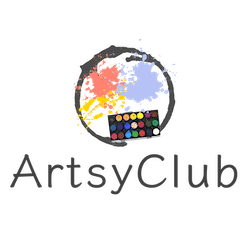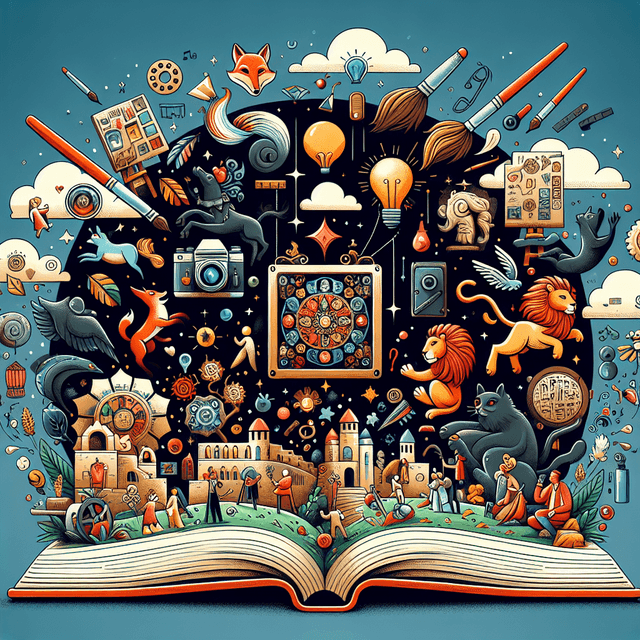The Role of Art in Education: A Comprehensive Look
TL;DRArt plays a crucial role in education by fostering cognitive development, emotional intelligence, social skills, and cultural awareness. Integrating art into various subjects can enhance learning and retention. Despite challenges such as budget constraints and curriculum development, successful art programs demonstrate the transformative power of art in education.

Table of Contents
Art education is a powerful tool for cognitive development. It encourages critical thinking, problem-solving, and the ability to interpret the world in new and complex ways. Engaging with art stimulates the brain, fostering an environment where students can develop their intellectual abilities in a unique and profound manner.
Emotional Intelligence
Artistic expression is intrinsically linked to emotional intelligence. Through art, students learn to understand and express their feelings, leading to greater self-awareness and empathy. This emotional development is crucial for personal well-being and for building healthy relationships.
Social Skills
Collaboration and communication are inherent in many artistic endeavors. Group projects and performances require students to work together, share ideas, and provide feedback. These interactions enhance social skills and prepare students for the teamwork needed in many aspects of life.
Cultural Awareness
Art serves as a window into diverse cultures and histories. By studying different art forms, students gain a broader perspective of the world, fostering respect and appreciation for a variety of cultural expressions and traditions.
Art Integration in Various Subjects
Language Arts
In language arts, art can be used to visualize narratives, explore character development, and enhance storytelling. Illustration, drama, and other art forms enrich the learning experience, making literature more accessible and engaging.
Mathematics
Math and art share a deep connection through concepts like geometry and symmetry. Integrating art into math lessons can demystify abstract concepts and make learning more concrete and enjoyable.
Science
Art can bring science to life. Drawing diagrams, creating models, and visualizing scientific processes help students understand complex concepts. Furthermore, art encourages innovative thinking, which is essential for scientific inquiry.
Social Studies
Artifacts, paintings, and sculptures provide tangible links to the past. Using art in social studies helps students connect with historical events and understand the cultural context of different eras.
Challenges and Solutions in Art Education
Budget Constraints
Budget constraints often limit art programs in schools. However, solutions like community partnerships, grants, and fundraising can provide alternative funding sources to support art education.
Curriculum Development
Developing a curriculum that integrates art can be challenging. Collaborating with art educators and utilizing existing resources can help schools create comprehensive art-infused curricula.
Teacher Training
Teachers may feel ill-equipped to teach art. Professional development and specialized training can empower educators to confidently incorporate art into their teaching practices.
Case Studies: Successful Art Programs
Several schools and districts have implemented successful art programs, demonstrating the positive impact on student achievement and engagement. These case studies can serve as models for others looking to enhance their art education offerings.
Conclusion
Art in education is not merely an elective or a secondary subject; it is a vital component of a holistic educational experience. The benefits of art in cognitive, emotional, and social development are clear, and the integration of art across various subjects enriches the learning process. Despite the challenges faced, the success stories of art programs across the globe underscore the transformative power of art in shaping well-rounded, culturally aware, and creative individuals. As we move forward, it is imperative that we continue to advocate for the role of art in education, ensuring that the colors of creativity and innovation remain vibrant in our classrooms.



